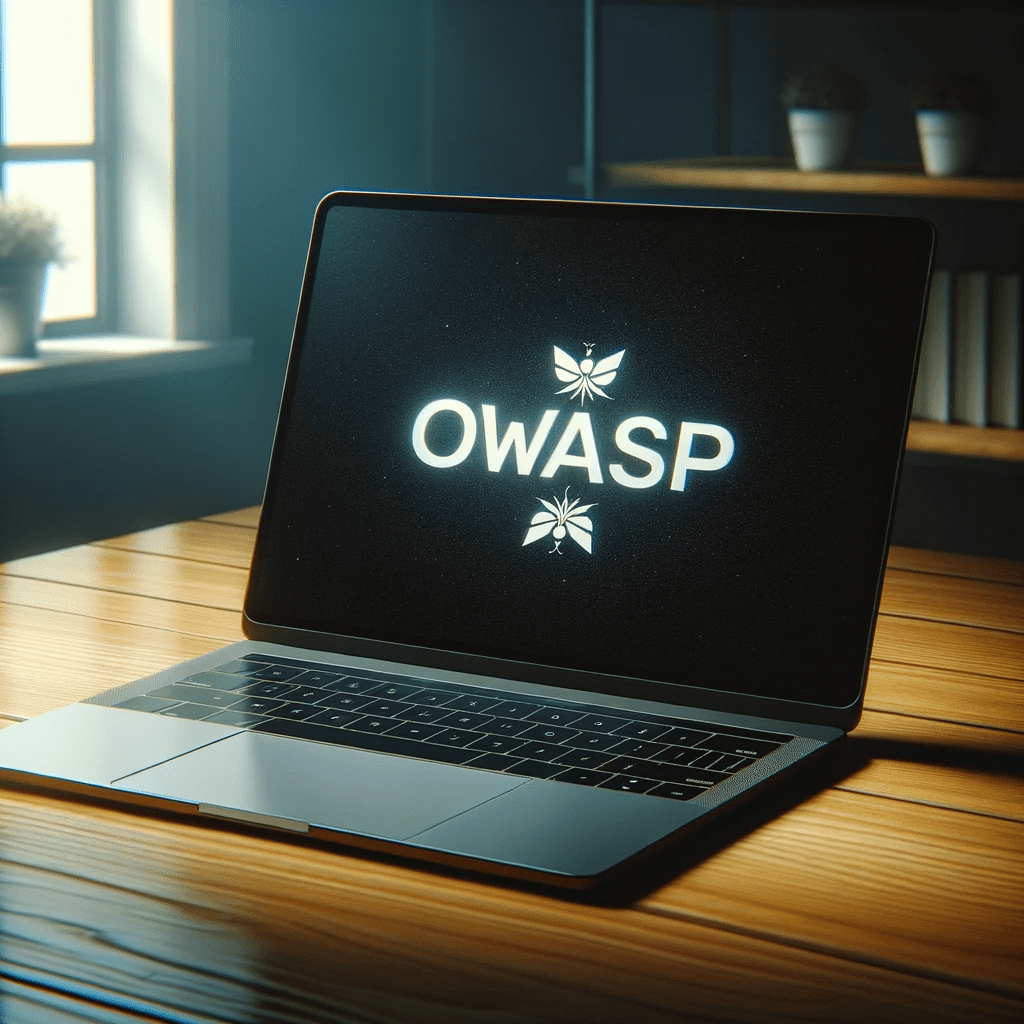In the rapidly evolving digital landscape, Software as a Service (SaaS) has emerged as a game-changing model. Businesses around the world are increasingly turning to SaaS solutions for their operational needs, valuing the flexibility and scalability they offer. However, for a SaaS provider, ensuring robust security isn’t just a necessity – it’s an imperative. With vast amounts of client data and processes being managed online, even a minor security lapse can have significant ramifications, both in terms of data integrity and company reputation. For companies that have built their business model around SaaS, maintaining this trust and ensuring data privacy is paramount.
Contextualizing the Client and Their Needs
We recently collaborated with a leading SaaS provider, a frontrunner in its domain. Given the nature of their service, they were not only entrusted with their proprietary data but also with sensitive information from their vast clientele. With a multi-platform application encompassing a web interface, an API, and a mobile application, the complexity was evident. Recognizing the potential vulnerabilities and the ever-present threats in the cyber realm, they sought an exhaustive security assessment.
Project Overview and Scope
Our mission was clear: conduct a thorough penetration test to uncover any potential vulnerabilities. With the multi-faceted nature of the application, the project required a holistic approach. It wasn’t just about identifying vulnerabilities; it was about understanding their potential impact and ensuring the client’s platform was as secure as possible, without compromising its functionality or user experience.
Confidentiality and Integrity
It’s worth noting that, due to the sensitive nature of the project and our unwavering commitment to client confidentiality, we won’t delve into specific results or the mitigations proposed. However, our approach, methodologies, and the general framework employed in this venture offer valuable insights.
In the following sections, we’ll delve deeper into the value of penetration testing, our choice of OWASP as the primary framework, and the meticulous process of documentation and recommendation delivery. Through this exploration, we aim to shed light on the intricacies of ensuring top-tier cybersecurity in today’s digital age.
The Value of a Penetration Test: Navigating the Complexities of Cybersecurity
Understanding Penetration Testing
Penetration testing, often referred to as ‘pen testing’, stands as one of the pillars of cybersecurity. It involves simulating cyberattacks on systems, applications, or networks to identify vulnerabilities that could be exploited by malicious entities. Rather than waiting for an actual breach to reveal weak points, pen testing proactively seeks them out, allowing for timely and effective remediation.
For SaaS providers, the stakes are particularly high. With vast amounts of user data stored and transmitted, any vulnerability can lead to significant data breaches. Such incidents not only jeopardize user trust and data privacy but can also result in substantial financial and reputational losses. In this context, penetration testing is not just a preventive measure—it’s a strategic move to uphold the company’s integrity and ensure sustained business growth.
Beyond Identifying Vulnerabilities
However, the value of a penetration test goes beyond merely pinpointing system vulnerabilities. It provides an in-depth understanding of the security posture, illuminates potential paths that attackers might use, and offers a roadmap for strengthening defenses. Furthermore, it aids SaaS providers in complying with various data protection regulations, which often mandate regular security assessments.
Emphasizing Real-world Scenarios
One of the unique facets of penetration testing is its emphasis on real-world scenarios. Unlike automated security scans, which can identify known vulnerabilities, pen tests often employ ethical hackers who think and operate like potential attackers. This human element ensures that even newly emerging or unconventional threat vectors are identified, offering a comprehensive security assessment.
Want to understand the financial impact of weak application security? Dive into our article to discover how poor security can skyrocket costs by 3,000%. Check it out at Dig8ital’s insightful post now!
In essence, penetration testing is a vital tool in the cybersecurity arsenal, especially for SaaS providers. It’s a proactive approach to safeguarding user data, ensuring regulatory compliance, and fostering trust among clientele. Through meticulous testing and evaluation, businesses can fortify their defenses and navigate the intricate landscape of modern digital threats.
Using OWASP as the Primary Framework: Setting the Gold Standard in Cybersecurity
The Open Web Application Security Project (OWASP) is a globally recognized entity dedicated to improving software security. It provides tools, methodologies, and best practices that have become benchmarks in the cybersecurity domain.

Choosing OWASP as our primary framework was a strategic decision. Its comprehensive guidelines ensure that even the most subtle vulnerabilities don’t go unnoticed. For our client, a leading SaaS provider, this thoroughness was essential. With OWASP, we could systematically assess every facet of their multi-platform application, ensuring a holistic security review.
Interested in diving deeper into cybersecurity best practices? Explore OWASP’s comprehensive approach and invaluable guides to fortify your digital defenses.
A Structured Approach
OWASP’s structured approach ensures that each test is both comprehensive and consistent. It covers a broad spectrum of potential vulnerabilities, from injection flaws to broken authentication patterns. This meticulousness is especially vital for complex projects, offering clarity and direction in the vast realm of cybersecurity.
In harnessing the capabilities of OWASP, our aim was to provide our client with a security assessment that was both exhaustive and actionable, ensuring their SaaS platform’s robust defense against potential cyber threats.
Report Delivery and Recommendations: Translating Findings into Actionable Steps
Once the penetration test concludes, the real work begins. Transforming the raw data and findings into a coherent, structured report is essential. This report not only highlights vulnerabilities but also provides a clear picture of the system’s overall security stance, offering stakeholders a tangible insight into their digital defenses.
Structure and Clarity
Our reports are designed for clarity and ease of understanding. We categorize findings based on severity, potential impact, and the complexity of mitigation. This structure allows decision-makers to prioritize their responses effectively, focusing first on the most critical vulnerabilities.
Recommendations
While we don’t delve into specific mitigations due to confidentiality, our general approach is to provide clear, actionable recommendations alongside each identified vulnerability. These recommendations are tailored to the client’s unique infrastructure and business needs, ensuring that they are both relevant and feasible.
Beyond Just Findings
But our report doesn’t stop at just identifying issues. We believe in empowering our clients. Hence, we include general best practices and preventive measures, fostering a proactive approach to security. This ensures that the client isn’t just patching current vulnerabilities but is also better prepared for future threats.
In sum, our goal with the report delivery and recommendations is to offer clients a roadmap to a more secure digital environment, ensuring they can operate with confidence in an increasingly interconnected digital landscape.
A Commitment to Cybersecurity Excellence
In our digital age, trust hinges on strong cybersecurity. Through our partnership with a SaaS provider and using the OWASP framework, we delivered an in-depth security assessment. Despite confidential specifics, our aim was to strengthen the client’s defenses against cyber threats. Our unwavering mission is to ensure businesses remain protected, emphasizing the need for ongoing vigilance in cybersecurity.





